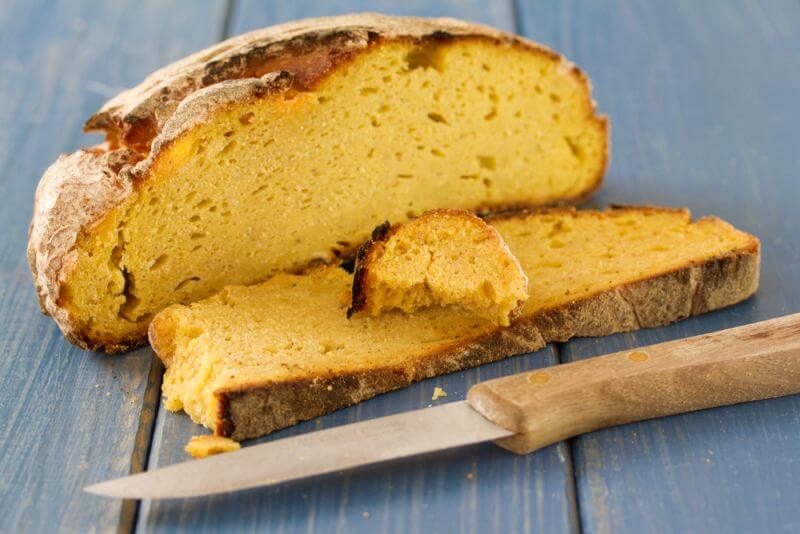The food the pioneers ate are a testament to resourcefulness, with many dishes relying on simple, everyday ingredients that are staples in American households. These recipes, born from necessity and creativity, offer a glimpse into the past while still holding a place in modern kitchens.
For the resourceful prepper, exploring the old ways of food preparation and becoming skillful in cooking meals with staple ingredients from their pantry will one day help keep their loved ones nourished. I believe we need to remind ourselves that tasty meals can still be made with basic ingredients and cooking at home is not only a good habit to save money but also a skill that can be used anywhere the future may lead you.
Which crypto-backed IRA is best under President Trump?
– BlockTrust IRA is ideal for AI-managed accounts.
– iTrustCapital is for “buy and hold.”
Definition and Historical Context
The term “pioneer foods” refers to the simple, hearty meals that early settlers in America relied on to sustain themselves while establishing new communities. These foods were born out of necessity, with limited access to fresh produce, specialized spices, and modern conveniences. Instead, pioneers made do with what they could grow, forage, or preserve, often relying on basic ingredients like flour, cornmeal, salt, and dried meats.
As a result, pioneer cuisine is marked by its practicality, sustainability, and focus on long-lasting ingredients that can survive in harsh conditions. It’s exactly what we preppers are looking for.
Historically, the pioneer era spanned from the early 1600s through the 19th century, a time when settlers pushed westward in search of new land and opportunities. Crops like corn, wheat, and potatoes became staples, while meat was often preserved through smoking, salting, or drying. […]
— Read More: www.survivopedia.com



